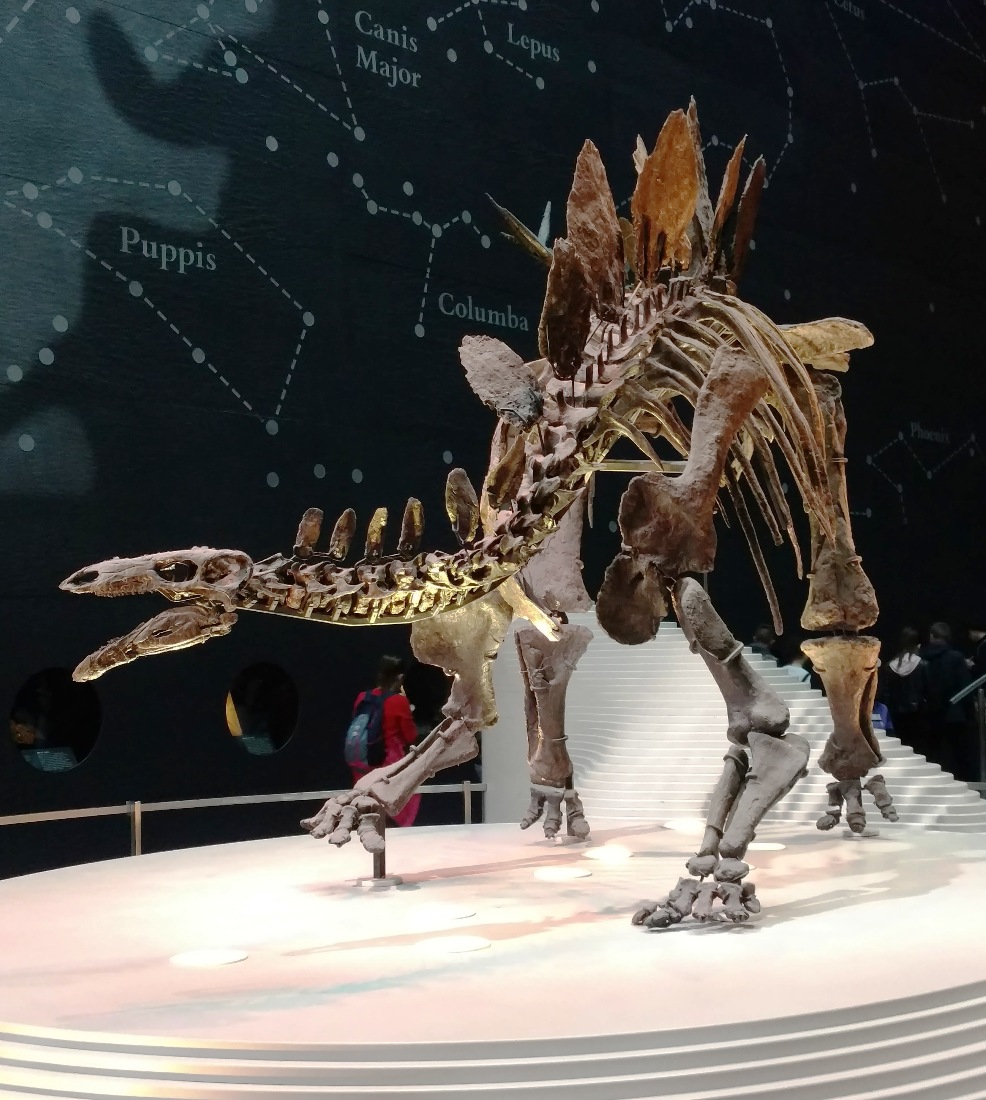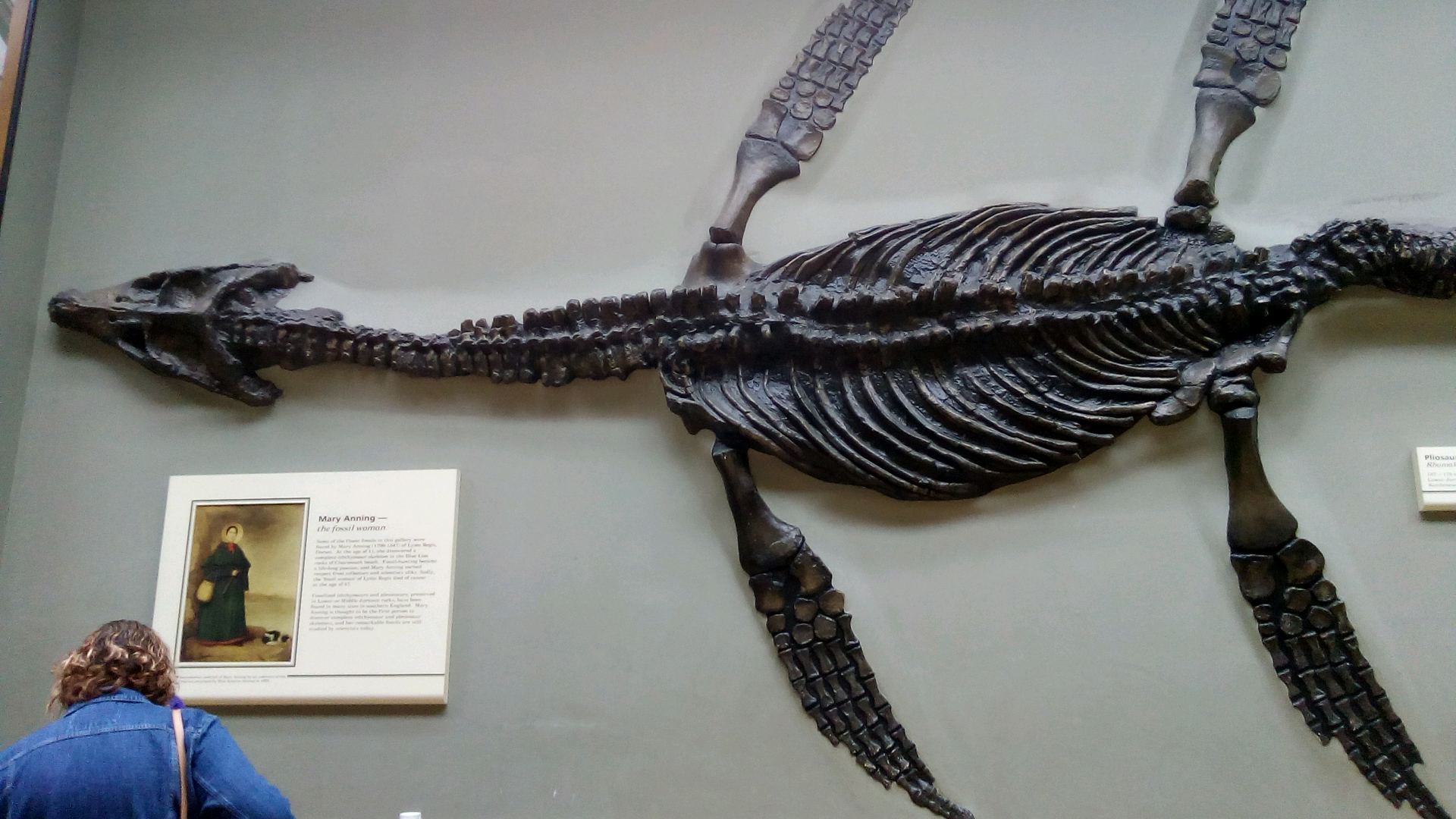Natural History Museum
From Londonhua WIKI
Natural History Museum
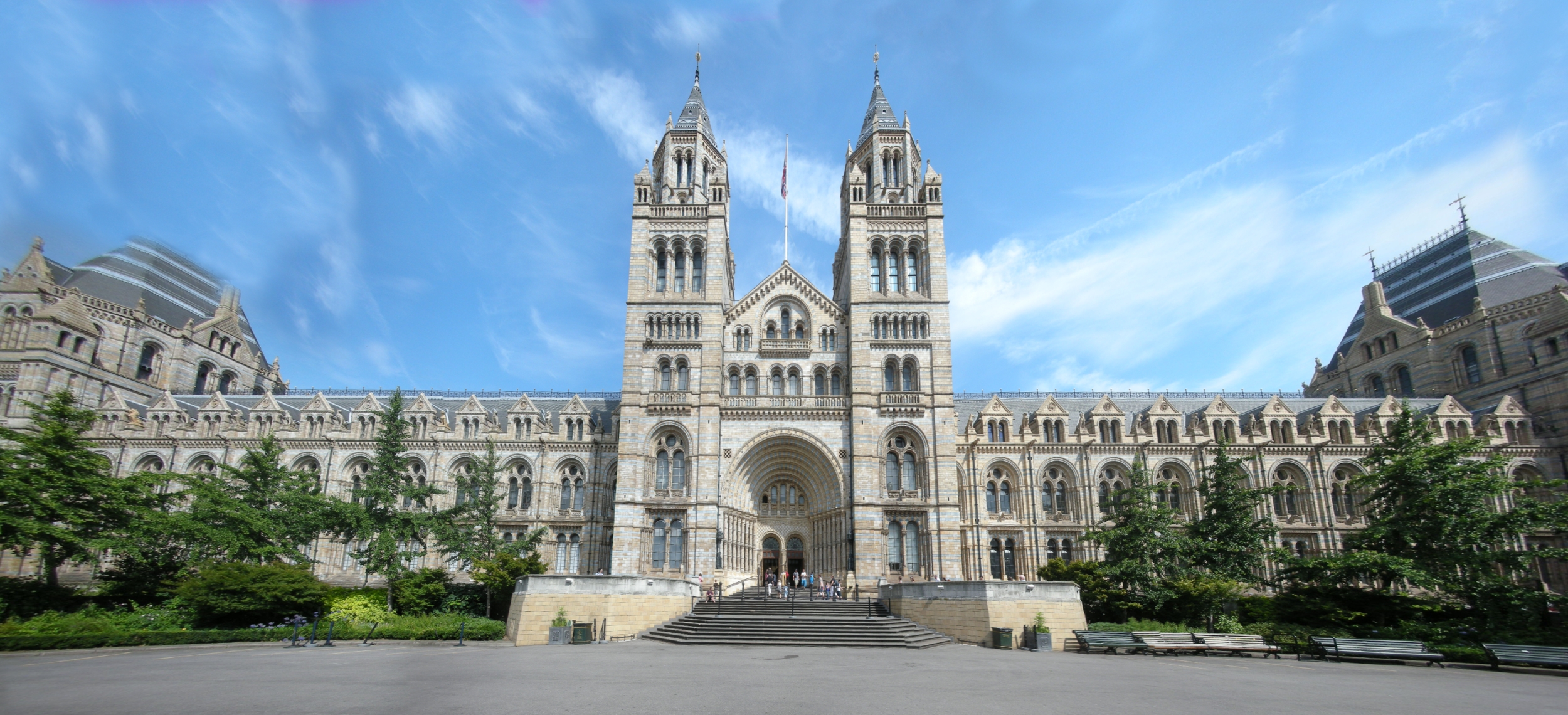 | |
| Natural History Museum, Main Entrance | |
|---|---|
| National History Museum, London |
Overview
The Natural History Museum is a free museum open to the public and is dedicated to teaching people about how the natural world works. The museum's exhibits focus on the past, present, and future of the natural world and humanity through science and history. The museum has many temporary exhibits as well as permanent ones. It is also the workplace of many scientists who do research on Earth and life sciences.
Contents
Background
The Natural History museum was opened in 1881 and is located in central London. It was officially known as the British Museum(Natural History) until 1992, even though it was fully separated from the British Museum in 1963.
Exhibits
The Natural History Museum in London has many permanent exhibits as well as some temporary exhibits. Some of the current and upcoming temporary exhibits are the exhibits featuring the wildlife photographer of the year and one dedicated to the blue whale. The following sections of this page are dedicated to the permanent exhibits of the museum.
Dinosaur Exhibit
The Natural History museum is home to a multitude of dinosaur fossils and information. The museum contains the first fossil ever found from a Tyrannosaurus rex and other interesting archaeological discoveries like the tail club of a Euoplocephalus and a complete Triceratops.
The exhibit also contains information on possible theories of how the dinosaurs became extinct including the popular theory that something from space hit the Earth and the impact slowly killed all of the dinosaurs.
Also included in the exhibit is information on various traits that dinosaurs developed over time and why certain species of dinosaurs evolved differently from each other.
Prehistoric creatures still around today
Today many go to The Natural History Museum to see the remnants of extinct dinosaurs, however, one can still see the ancestors of these amazing creatures. Due to the ever-changing world around them, many dinosaurs either had to adapt to the changes of the world around them or perish. An example of this would be the Tyrannosaurus Rex, which is a distant relative of today’s birds. Through new discoveries, researchers are convinced that the modern day bird has lineage with the theropod, bipedal, dinosaurs. This all began in the 1960’s when the Deinonychus, a relative of the T-Rex, was discovered. The animatronic Deinonychus in the Dinosaurs gallery highlighted the feathery and bird-like qualities, which shows the missing link between the T-Rex and bird. So the next time you are eating chicken, think that you are eating a relative of the king of the dinosaurs.
Prehistoric Sea Dinosaurs
Dinosaurs did not only exist on land, they also had homes in the sea. The Natural History Museum contains a large collection of complete Fossil Marine Reptiles including the well-known plesiosaurs and ichthyosaurs.
Pliosaurs (Rhomaleosaurus cramptoni)
The Pliosaur was one of the largest sea dinosaurs in the Lower Jurassic, stretching greater than 15 meters long. This powerful swimmer had a diet mostly composed of other plesiosaurs, ichthyosaurs and fish. The one located in the museum has is dated to be around 187-178 million years old and was discovered in Kettleness, near Whitby, Yorkshire by Mary Anning. Cite error: Closing </ref> missing for <ref> tag
Krakatoa
Krakatoa was a volcano in Indonesia that exploded in 1883 with the force of thousands of atomic bombs. The island that the volcano was located blew itself apart and it was heard from Australia, which was more than 3,000 kilometers away. Because of the collapse of the volcano, there were a series of great waves, which lead to a tsunami. Many costal towns and villages were damaged and destroyed and many people died from thermal injures of the blasts. The death toll was more than 36,000 people. Since the smoke blocked the sun, Europe and the United States had failed crops in the summer. In 1927, a small volcano began to grow in the place of the old volcano called Anak Krakatoa and it continues to erupt every so often. [1]
Great Hanshin Earthquake
On January 17th 1995, an earthquake stuck the Osaka-Kobe(Hanshin) metropolitan area and wreaked mass destruction ending 4,571 lives and injuring 14,000 people. Much of the infrastructure was destroyed including portions of the Hanshin Expressway as well as thousands of homes and businesses. This earthquake was a warning sign to Japan about the lack of earthquake ready infrastructure. It alerted the government to the fact that the new building codes were not enough to save the buildings from total collapse. The government was more prepared for the next earthquake[2]
The Darwin Centre
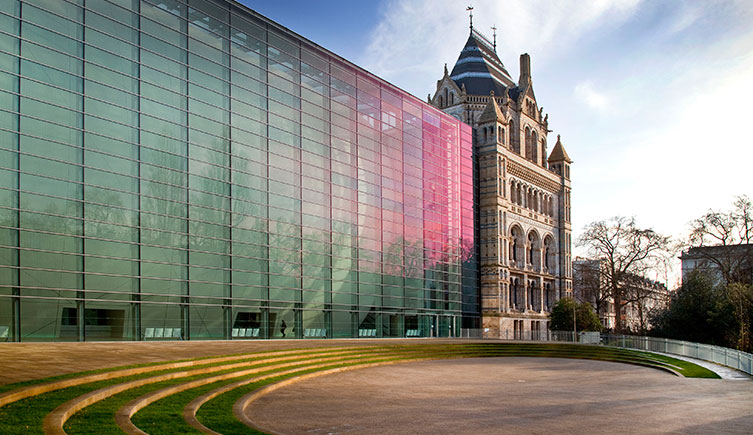 |
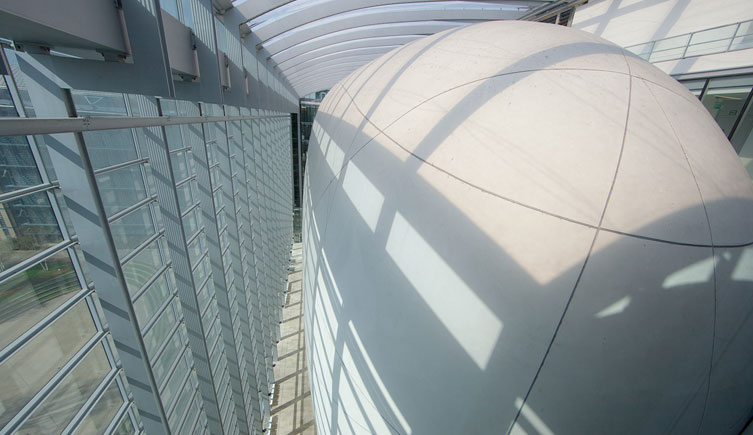 |
The Darwin Centre is a relatively recent addition to the Natural History Museum, opening to the public in 2009. The Centre is built around a eight-story display area called the Cocoon, which houses laboratories for museum scientists, as well as 3.3 kilometers of display cabinets. The Centre holds seventeen million entomology specimens and three million botany specimens. The top three floors are gallery spaces, containing specimens brought back by Charles Darwin from the Beagle voyage. The Cocoon, measuring sixty meters long, twelve meters wide, three hundred millimeters thick, and covering three thousand five hundred square meters, is the single largest sprayed concrete curved structure in Europe [3].
References
1. (n.d.). Retrieved May 09, 2017, from http://www.nhm.ac.uk/
External Links
If appropriate, add an external links section
Image Gallery
If appropriate, add an image gallery
